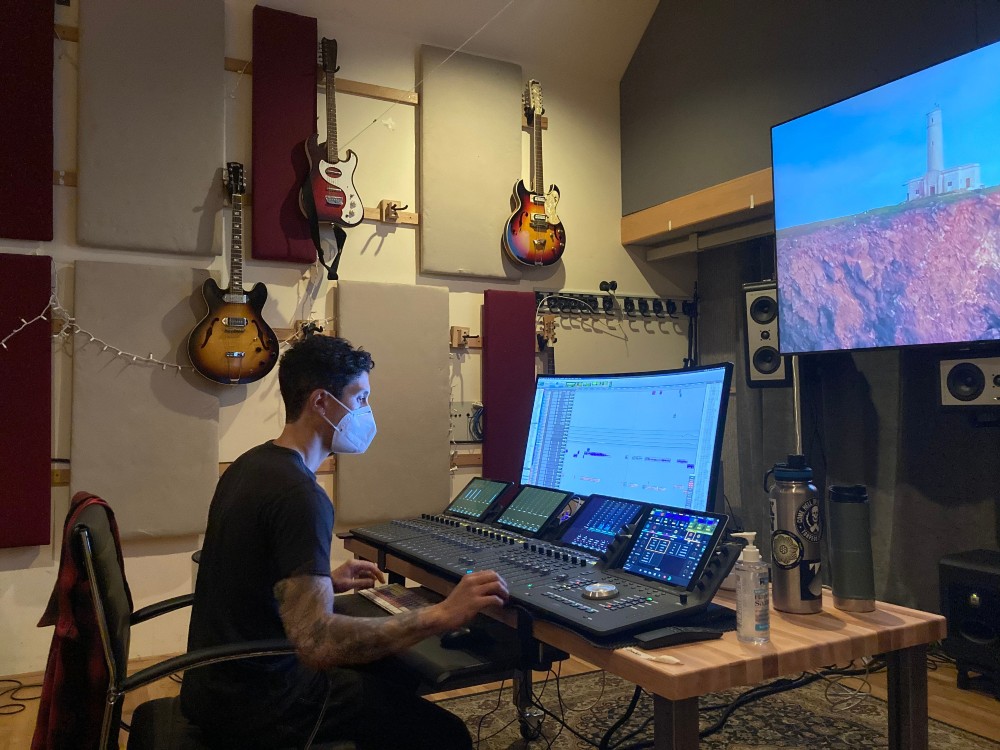
Many of the discussions about production and especially post since the COVID-19 pandemic of 2020-21 hit have been about how to pivot from how things have normally been done, whether in a post-production house or an editing bay or mixing studio of some kind, to something potentially safer for all involved.
Back in February, Below the Line spoke to Sound Engineer and Producer J.J. Wiesler about Decibelle Recording, a vintage recording studio in San Francisco’s Noe Valley bought by Wiesler and his partners in the Pollen Music Group in 2006.
Like many studios and post houses, Decibelle found itself in a situation where it could no longer have clients or studio employees working at the studio on previously scheduled projects due to COVID mandates. Essentially, this is the story of how Wiesler and Decibelle made the necessary changes in order to keep offering post services to potential clients. (Advance warning: This article might be of more interest to sound engineers, editors and mixers, than anyone else because we get into some rather technical areas.)
Pivoting…
“When the whole thing happened in mid-March, we closed the doors and we canceled all sessions,” Wiesler began an all-too-familiar story that led to Decibelle’s upgrades. “We were fully booked out as a studio. In April, a lockout was coming in, and we just had to just kind of say, ‘Look, let’s just check in on the flip side of all this,’ not knowing at that time that it would be still going now. After a couple [of] months, we got our bearing, and we realized, at least from a studio point of view, we weren’t going to be doing any sessions with the public or even with each other anytime soon.”
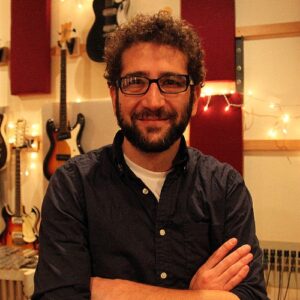
“We’re fortunate in a way,” Wiesler adds. “As composers, [Pollen] had evolved into being mostly animation — we do a lot of animation projects and VR-immersive projects. That’s Pollen’s niche. We did six years with Google Spotlight Stories, worked on all of those VR narrative, immersive projects, and one of them (Pearl) was nominated for an Oscar in 2017 as the first VR project ever nominated for an Oscar.”
“From a studio point of view, we had to completely figure out what to do,” he says about dealing with the studio closing. “What we did is something we’ve been wanting to do for a while. The studio has a main control room like most studios do, and then a big live room and a couple booths and some public spaces. What we did was the control room has always been too small to really do an actual Atmos setup. It doesn’t really have the depth that you would need to have a sort of a theatrical setup. We didn’t want to give up the live room even though we weren’t using it. We didn’t want to give up the ability to be a live room or for the studio to lose its core usability as a recording space, so we’ve came up with a way to kind of do a pop-up Atmos mixing stage in that space.”
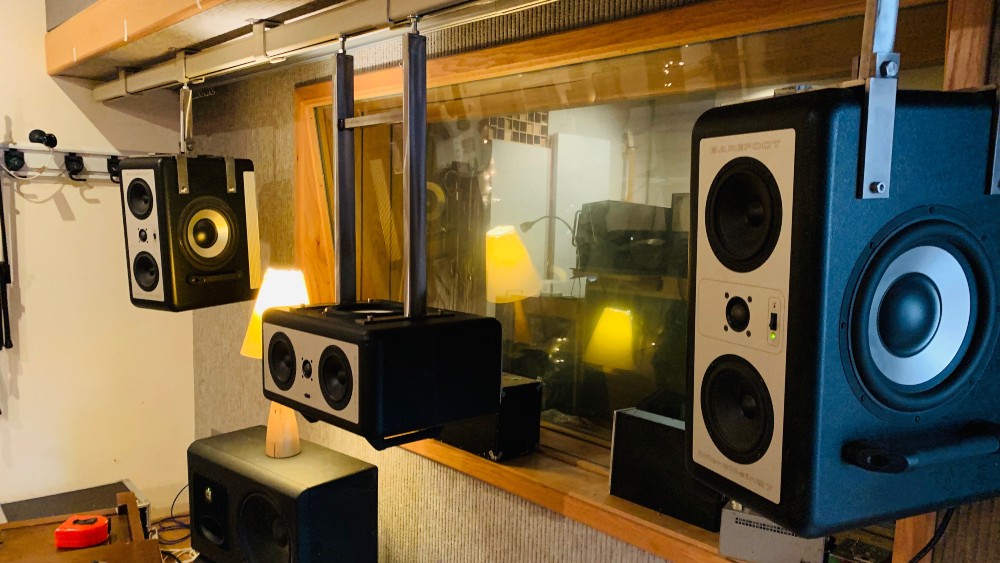
The New Atmos Speaker System
“The speakers are all sort of permanently installed,” Wiesler said about implementing the changes to the live room for mixing. “We took this time to realize this Atmos mixing stage in our live room. For the first three or four months through the summer, we were building. It was mostly me by myself and sometimes a guy who was doing metalwork — actually, Oliver, the previous proprietor of the studio — his career after running the studio was to do metalwork. He built all the custom speaker mounts, so we have Barefoot Sound MM27s as left-center-right up in the front. And then we have JBLs for surround elevation and subs. It’s running on an Avid MTRX Studio that is a really cool little little box. It’s the first interface I’ve used that has speaker-tuning capabilities right in the interface, which is really cool. Anything that’s coming out of the speakers, they are already tuned and bass-managed. It’s not like a separate system where, in Pro Tools or Logic, I gotta run this other plugin at the end of it. Its DSP is built into the DAs on the outputs. So for each output, you can assign it pretty advanced bass-management features and EQ, so we were able to tune the room that way.”
Adjusting the Acoustics
“In general, it was always a tighter space,” he told us about the spaced use for the new Atoms room. “It has these sort of modular panels on the walls that you can take on or put off. At this point, I just have them on so the room has an RT60 that’s a little bit more home theater-ish. It has an RT60 of about 500 down to 200, you know, like, 500 it’s kind of like an RT60 of about 500 down to 200. So 500 in the low end and 200 as it goes up. That’s about what Dolby’s Home Entertainment spec asks for. We use modular and variable acoustic treatment in the space to accommodate being able to keep it dead enough to mix and then being able to open it up if you want to record instruments in there. The other aspect of the design was this sort of telescoping nature of the director and producer’s seats, the engineering desk and seats, they all kind of telescope and fold away underneath the screen.”
Wiesler then gets into how having these two separate spaces worked, each with its own separate ventilation system. “Basically, if [the live room] is in this sort of mix mode, you have two mix rooms, one sort of a mix /compose/editorial room and then you have a mix stage. It turns out, we actually used those on some of our first jobs where we needed to keep people separate. The sound designer sat in the main control room, and the film mixer sat in the now pop-up mixing stage, and they were kind of shooting files back and forth.”
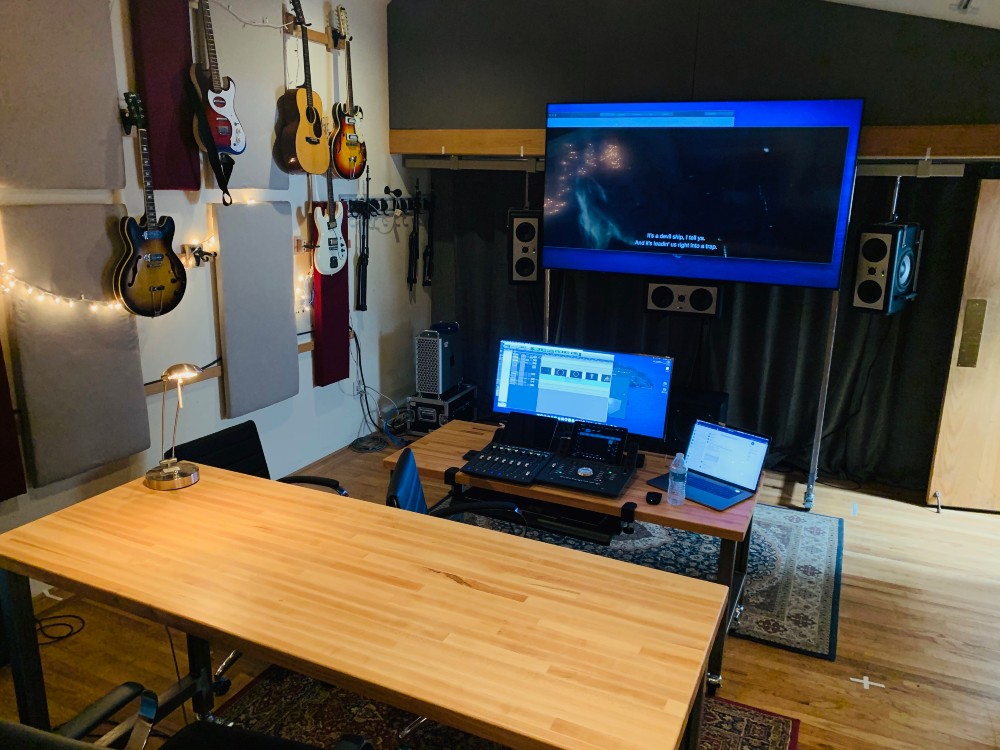
The Atmos Mix Room in Practice
“What we had to do is the mixer worked in this new pop-up mixing space by himself. The sound designer was working in the control room, and flying files back and forth, and the director was watching it all remotely using a new software called Soundwhale, that was just in beta, basically. What was really interesting about it is the video lives local to the director, so they have like a high fidelity local video file. Soundwhale sends audio and a sync signal, and because that bandwidth isn’t nearly as demanding as trying to send video, it works really well. The director’s able to watch really high-fidelity video. You can actually send PCM WAV files if both parties have a good connection or really high-quality mp3 streaming, which was perfectly fine. That’s what we chose to do. We were able to continue working after building this out. We were able to do a few projects that way where we kept everybody acoustically-isolated. They weren’t sharing air at all, because the rooms don’t share any ventilation. Anybody that needed to be there that couldn’t be there, we used remote services like Soundwhale.”
“We did that all through the summer, and then we had a few projects come in there. We had to figure out how to do the projects in a COVID safe way,” he continues. “We had this project made by a company called Baobab, a VR animation studio, a project we worked on called Baba Yaga. It has a theatrical mix, in addition to being a VR-based experience that you can watch on a Vive or a Quest. That’s one thing we’ve done a lot of, these projects that have different versions, from VR to surround theatrical to stereo streaming, so we have to create deliverables all the way up and down. So we mix that in our space.”
Another modification to the studio to make it operate safer during the pandemic was the purchase of HEPA filters with three fan modes that can be modified between working hours and overnight.
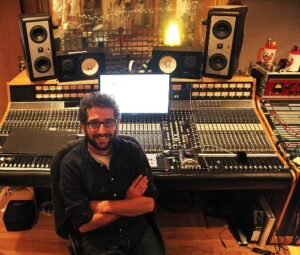
“There were some compromises that had to be made for those sessions in which the director couldn’t be in the room with the engineer,” he elaborated on the uses for Decibelle’s Atmos room. “Building out this sort of Dolby Atmos for home entertainment or music-sized room allowed us to keep these mixes in-house and sort of build out the relationships and build out the facility that after COVID will allow us to work in the same room together, but until then, allow us to finish up projects without having to go somewhere else. We can’t get into a theater to sort of check our mixes and stuff, so we chose to build out a space ourselves that we could use now and hopefully after COVID as well.”
Bringing in Outside Projects
Decibelle’s real test came last summer when a husband and wife directorial team drove up to work with Sound Designer Andrew Vernon and their own mix engineer. “They were working in the room with the mix engineer, and they would take a ten-minute break every hour and we’d turn the HEPA filter on and cranked it up. They were sort of effectively podded for a lockout, and no one else entered or left the studio — just the engineer, and this husband and wife. They all came to an agreement that they were comfortable with.”
How Pollen Music Group Uses Decibelle
We also wanted to learn more about Pollen and how they interact with the facilities at Decibelle to be an all-in-one house that offers music, sound design and mixing. “What we learned in doing VR projects for Google Spotlight Stories, Baobab, Oculus Story Studios, and others is potentially unlike traditional TV shows or theatrical releases. The sound design, the music, and the complexity of mixing it, or in the case of a VR project, implementing it, is not only mixing how the sound levels interact, but also all the interactivity that might be involved in the experience itself if it’s done in like a game engine like Unity or Unreal.”
“It required us to do all of it,” he continues to explain. “In general, we learned a way of working that was like, ‘Oh, we better do the sound design, we better do the composition, and we better finish all the final deliverables as best as we can.’ We kind of took that way of thinking into all the projects we do, even if they’re just bound for TV or bound for theatrical, where we like to be the partner that kind of can do it all just sort of get involved early, do the score, do a lot of the ideating around the score, like what we call the audio Bible, where you’re kind of just throwing paint against the wall. As they’re developing their characters, we’re developing some themes. Do the sound design along the way, have the music and the sound design be sort of conceptually very harmonious for lack of a better word.”
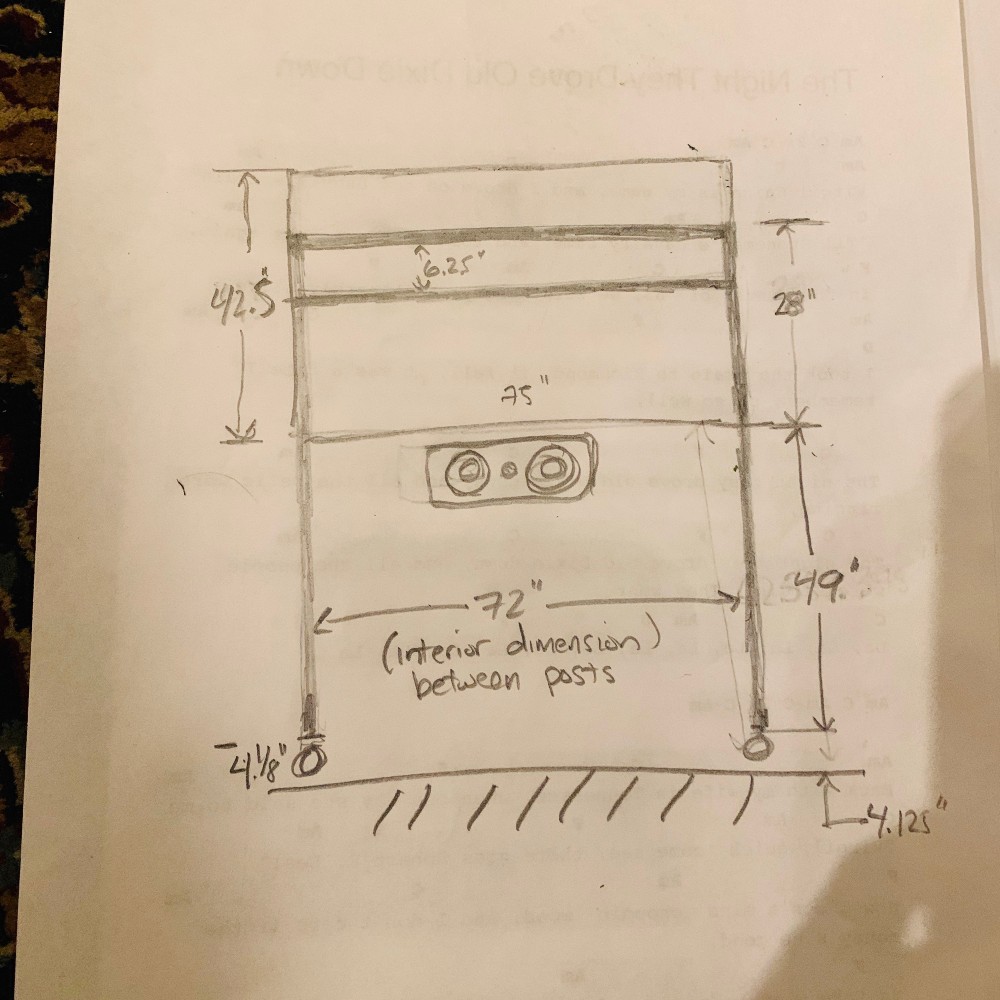
“It’s kind of amazing how sometimes it’s not until the final mix that the sound design, the music, the dialogue, the final edit, it’s all coming together,” Wiesler elaborated on that difficult relationship between the different audio elements for films and television. “It just makes for kind of a loudness war that day where the composer wants the music to be up and the sound designer wants the sound design to be up. If you can work together from the beginning, a lot of that stuff coalesces a lot better. We try to bring that to the projects we do — Trash Truck was a good example of that — as well as a couple others we have in the pipeline right now.”
Although Pollen Music Group is itself an all-in-one music and audio production company, it essentially makes itself available for whatever the client might need. For instance, that project mentioned earlier directed by the married couple? “We didn’t do the music on that,” Wiesler explains. “Andrew did the sound design, and then another engineer came and did the mix, but they used our facility, and many projects, we do just the music. Sometimes we’re just the composers. In some cases, we’re just the sound supervisors or audio implementers on a complex VR project or something. Having built this Atmos for Home Entertainment space, from now and going forward, this is the first time we’ll be able to offer that sort of mix stage level part of the audio pipeline, whether we’re involved in the other stuff or not.”
As our conversation wrapped, we discussed how some of the concessions being made during to deal with COVID might be worthwhile to continue, rather than going back to old ways. “I think all aspects of life are under review, including the audio post pipeline,” he concluded. “We may finish films this way in the future where you don’t have to fly in or get in a room with somebody. Maybe you come in on the last day and use these other tools to make it more convenient or to be able to be home more with your kids. I mean, who knows? All these things we’re learning as a society beyond audio are fair game going forward.”
You can learn more about Decibelle and Pollen at their respective websites:
Decibelle Recording
Pollen Music Group
All pictures provided by Decibelle Recording.





